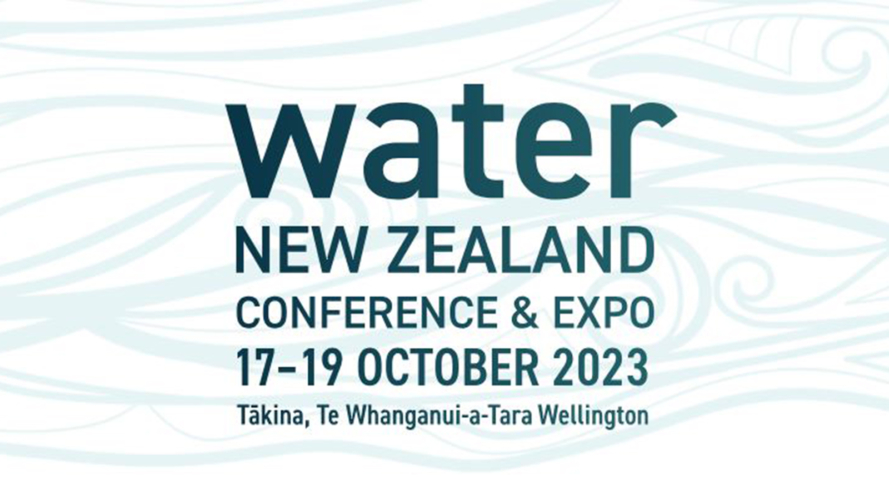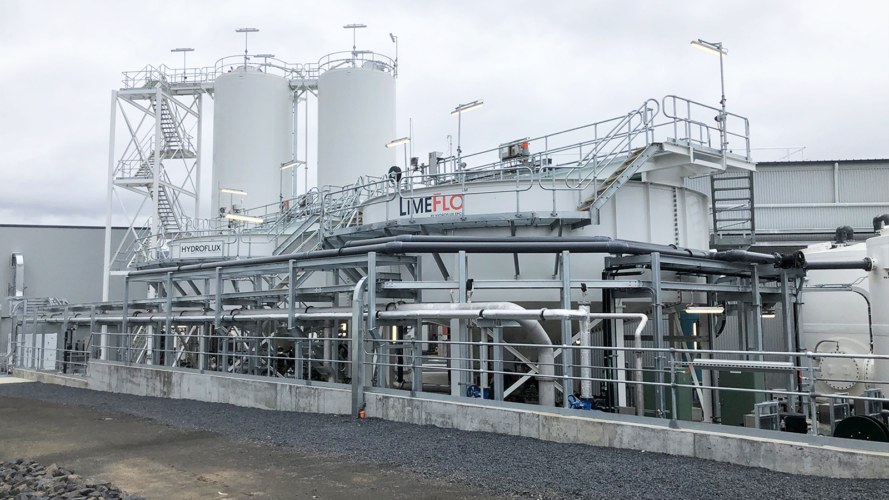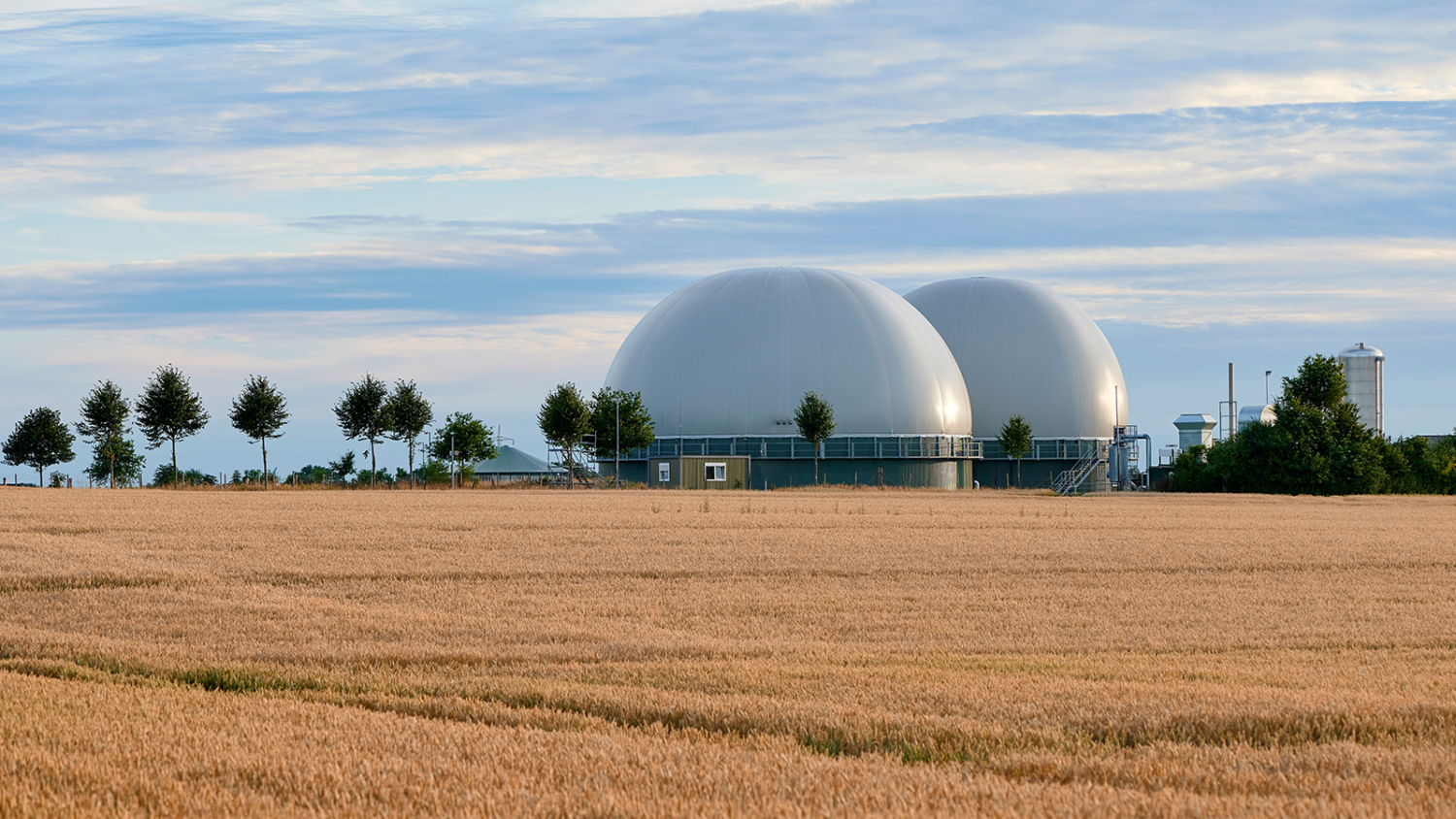
Australian Energy Decarbonisation – The Future of Biomethane
September 27, 2023
Biomethane, also known as renewable natural gas, is a form of biogas that has been processed to remove impurities and made suitable for injection into the existing natural gas grid. Biomethane can be produced from a variety of organic materials such as agricultural waste, sewage, and food waste, making it a promising alternative to traditional fossil fuels for energy production. Biomethane has the potential to greatly reduce total energy sector greenhouse gas emissions by driving a circular economic process.
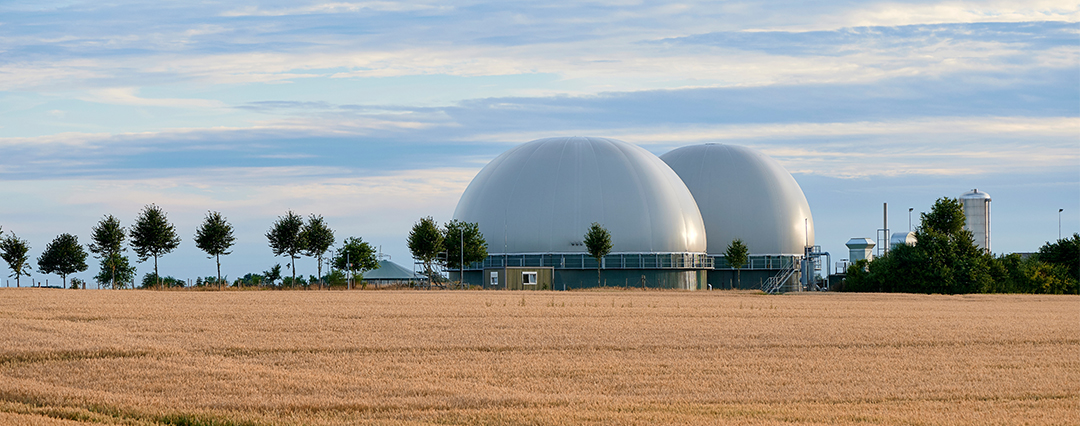
Renewable gases will be an important element of the energy mix as we facilitate a smooth decarbonisation of the energy market. Blending renewable gases such as biomethane into the gas network has the potential to bolster supply. Australia’s existing gas networks and pipelines are readying to deliver renewable decarbonised gas.
Biomethane is not the only renewable gas at our disposal. Hydrogen, or more specifically green hydrogen, is made using renewable electricity to electrolyse water and separate the hydrogen and oxygen atoms. Thus, Australian policymakers have three broad pathways to choose from with regards to decarbonisation of the national gas grid:
- Biomethane, provides a carbon neutral equivalent to natural gas.
- Green Hydrogen, which produces no greenhouse gases when burnt as a natural gas substitute.
- Direct electrification of the grid, converting natural gas uses to electric.
The key challenge is to find the right mix of these pathways to reach net zero emissions while ensuring energy security and minimising the overall cost of the energy system. Higher production and supply costs are pushed onto consumers, meaning everyone has a stake in the method by which the gas network is decarbonised.
In their Gas Vision 2050 report, Energy Networks Australia suggests that “An orderly transition, underpinned by a level playing field across decarbonisation pathways, will work in the best interests of consumers.”
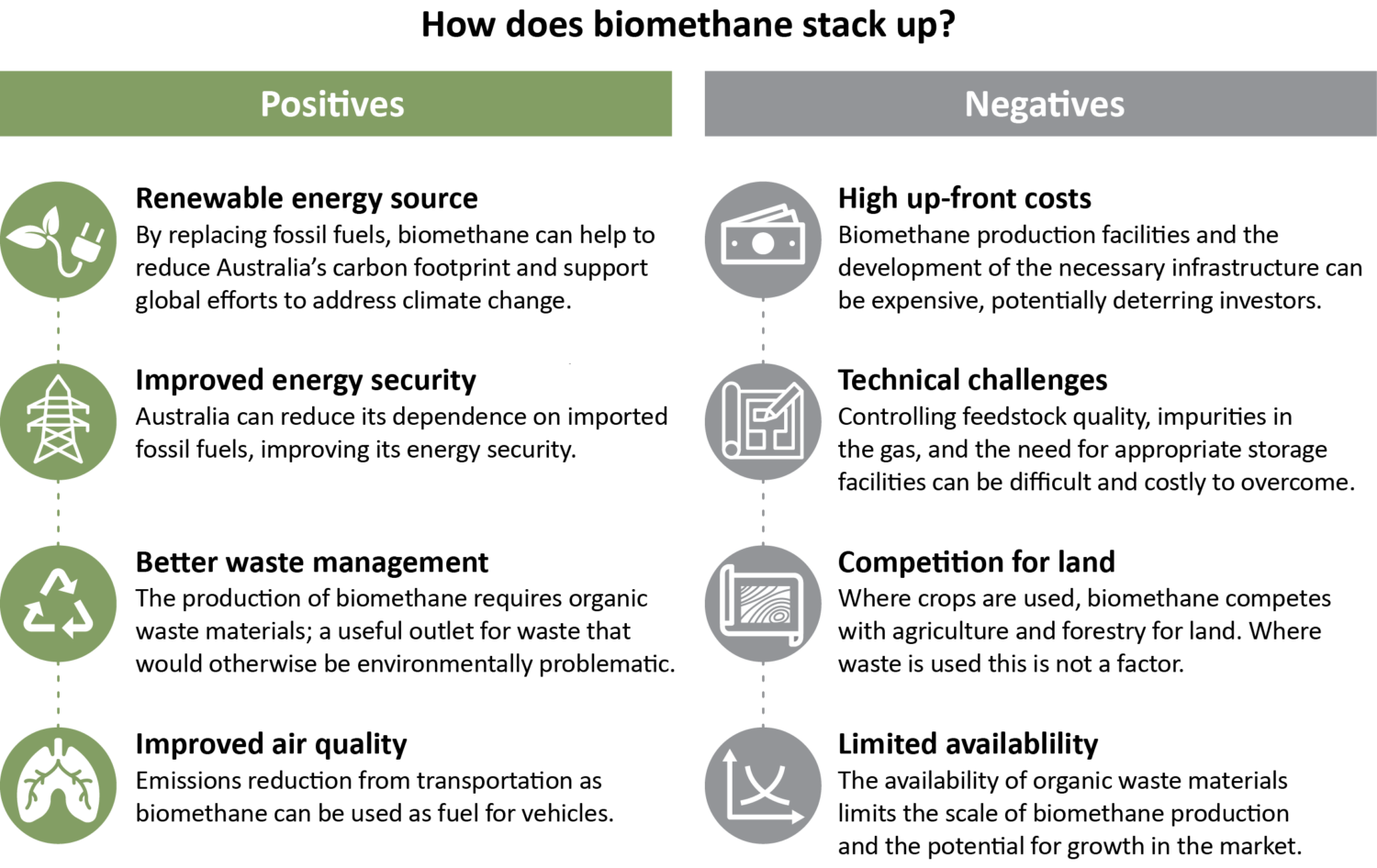
Policymaking is a key pillar of the transition to renewable gas, and indeed to a renewable energy sector as a whole. They are responsible for creating the legal and regulatory framework that governs the energy sector, as well as setting policies and incentives that encourage the development and deployment of clean energy technologies. In the case of a transition to a renewable gas network, policymakers have several important responsibilities.
First is the establishment of renewable energy targets. Policymakers can set ambitious targets for the production of renewable gases like biomethane and hydrogen. These targets can provide a clear signal to the market and drive investment in the development of these technologies through strong incentives. Similarly, governments can regulate emissions by setting emissions standards for the energy sector while enforcing penalties for companies that exceed these standards. This ensures the transition to a renewable gas network is done in an environmentally responsible manner.
Policymakers can also provide funding and support for research and development into renewable gas technologies. This can help to overcome technical barriers and drive down costs, making these technologies more accessible and attractive to consumers and businesses.
Another lever available to policymakers is to create financial incentives and subsidies to encourage investment in renewable gas technologies. For example, they can provide tax credits or other incentives for companies that invest in renewable gas projects. While this mechanism can be more costly to a government’s hip pocket, it can serve as a very effective means by which to hurry the market’s transition.
Lastly is the assurance of grid interconnectivity. Policymakers can promote the development of the infrastructure needed to transport renewable gases from production sites to customers. This may involve upgrading existing pipelines or building new ones to ensure that renewable gases are delivered to where they are needed.
To view the range of Hydroflux’s anaerobic digestion and bioenergy equipment please click here.
About the Hydroflux Group
The Hydroflux Group aims to deliver the highest level of engineering and scientific know-how to the emerging issues of sustainability, climate adaptation and environmental protection with a specific focus on water and wastewater.
As part of its vision and mission, Hydroflux has always taken its climate responsibility seriously. In 2022, Hydroflux became Australia’s first water treatment and technology company to achieve Climate Active carbon neutral certification for its organisation and products. It knows that partnering with customers and clients is the most significant impact it can have in its journey. The Group employs over 100 staff and operates throughout Australia, New Zealand and the Pacific Islands, with office locations in Sydney, Melbourne, Brisbane, Perth, Auckland, Suva and Portsmouth.
Up Next
Hydroflux to Exhibit at Water New Zealand Conference & Expo
Categories
- Tradeshows
- Climate
- Community Engagement
- Corporate Announcements
- Group News
- Newsletters
- Product News
- Project Announcement

